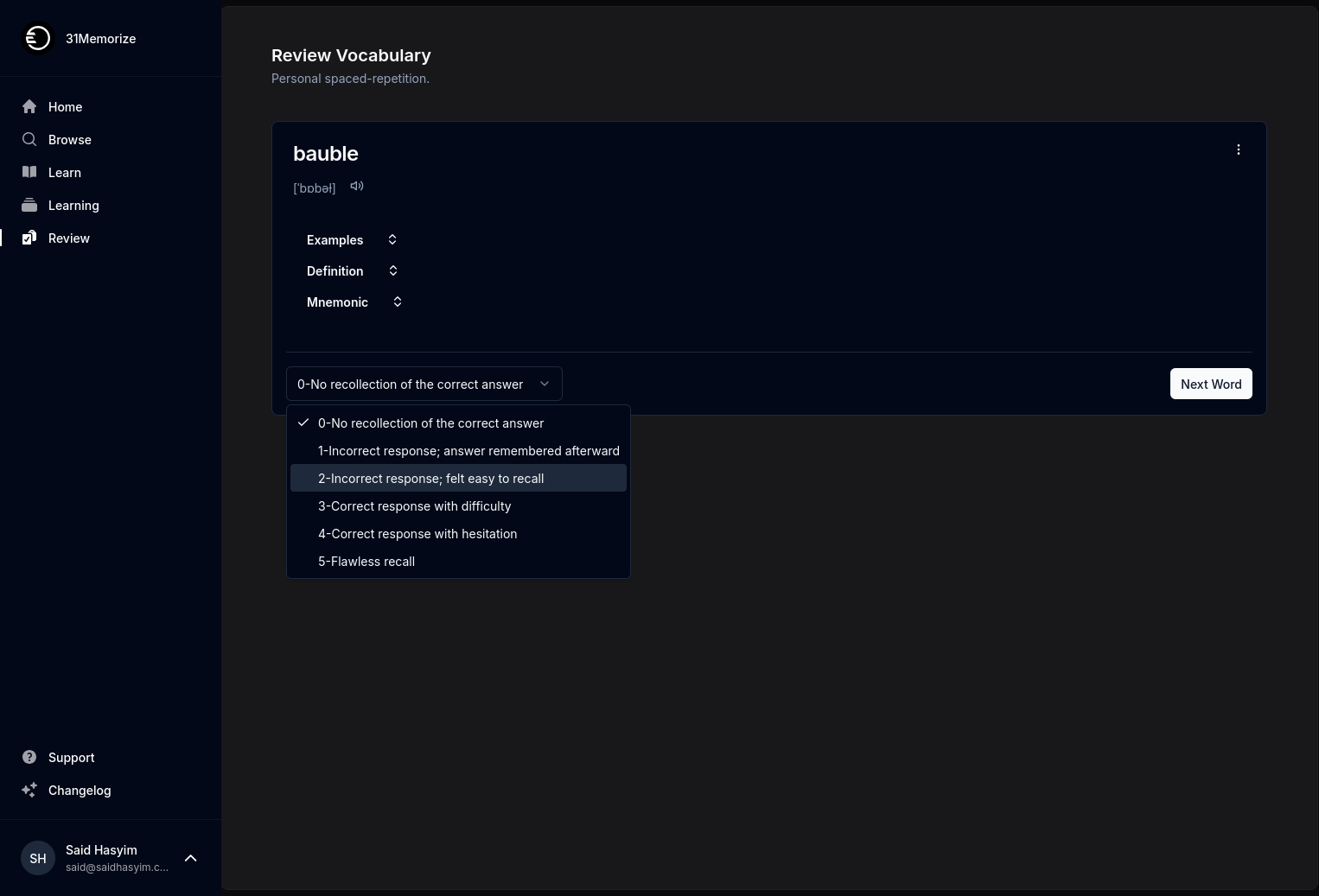Potential of Data-Driven Ratings Monitoring
In today’s fast-paced digital landscape, businesses, organizations, and individuals alike are increasingly reliant on data to inform their decisions and improve their operations. One area that is seeing significant transformation thanks to data analytics is ratings monitoring. As customers and users turn to online platforms to express their opinions, the ability to monitor, analyze, and respond to these ratings has never been more crucial. In this blog post, we’ll explore the potential of data-driven ratings monitoring and how it can benefit various stakeholders.
Understanding Ratings Monitoring
Before delving into the potential of data-driven ratings monitoring, it's essential to understand what ratings monitoring entails. Ratings monitoring is the practice of tracking and analyzing customer feedback concerning products, services, or brands across different platforms. This feedback can come in various forms, including star ratings, written reviews, and social media mentions.
Why Ratings Matter
Ratings and reviews serve as critical touchpoints in the customer journey. They shape public perception, influence purchasing behavior, and are often a first point of contact for potential customers. Data-driven ratings monitoring enables organizations to harness these insights and leverage them in strategic decision-making.
The Shift Toward Data-Driven Approaches
Enhanced Decision-Making
One of the primary benefits of data-driven ratings monitoring is enhanced decision-making. Traditional methods often rely on subjective interpretations of customer feedback. However, with a data-driven approach, organizations can quantify customer sentiment, identify trends, and draw insights backed by data. This can lead to more informed decisions regarding product development, marketing strategies, and customer service enhancements.
Real-Time Insights
Another significant advantage of data-driven ratings monitoring is the ability to gain real-time insights. Instead of waiting for customer satisfaction surveys or monthly reports, organizations can access near-instantaneous feedback. This real-time data can help businesses react promptly to emerging issues, thereby enabling proactive management of customer sentiment.
Competitive Analysis
Data-driven ratings monitoring isn’t limited to internal analysis; it can also extend to understanding competitors. By analyzing ratings and reviews from close competitors, organizations can identify areas where they excel and where they fall short. This competitive intelligence can inform marketing strategies, product positioning, and service enhancements, giving businesses a leg up in an increasingly competitive market.
Key Components of Data-Driven Ratings Monitoring
Sentiment Analysis
Sentiment analysis is a critical component of data-driven ratings monitoring. This technique leverages natural language processing (NLP) to analyze customer feedback and determine emotions intertwined with the reviews. By identifying positive, negative, or neutral sentiments, organizations can gauge overall customer satisfaction and understand specific pain points.
Visualization Tools
Data visualization plays a pivotal role in interpreting complex datasets. By using charts, graphs, and dashboards, stakeholders can quickly grasp trends and correlations. Visualization tools make it easier to communicate findings across teams and facilitates discussions around data-driven strategies.
Predictive Analytics
The evolution of data-driven ratings monitoring also includes predictive analytics. By analyzing historical data, organizations can forecast future customer sentiments and trends. Predictive models can be utilized to anticipate potential issues and opportunities, allowing businesses to be proactive rather than reactive.
The Benefits of Data-Driven Ratings Monitoring
Improved Customer Loyalty
By effectively monitoring and responding to ratings, organizations can strengthen customer relationships. When customers feel heard and valued, they are more likely to remain loyal and recommend the business to others. By identifying and addressing pain points, organizations can create a more positive customer experience, ultimately leading to increased customer retention.
Better Product Development
Data-driven insights gleaned from ratings monitoring can significantly enhance product development cycles. By understanding customer preferences, organizations can make more informed decisions about product features, designs, and functionalities. This alignment with customer needs can drive innovation and increase market success.
Enhanced Online Reputation Management
In an era where online reputation can make or break a business, data-driven ratings monitoring is crucial. Actively monitoring ratings allows organizations to mitigate negative reviews before they spiral into reputational crises. By responding promptly and thoughtfully to user feedback, businesses can manage their public image effectively.
Challenges in Data-Driven Ratings Monitoring
Data Overload
One of the challenges of data-driven ratings monitoring is managing the sheer volume of data generated. With countless reviews pouring in across multiple platforms, organizations can become overwhelmed. Developing a systematic approach to data filtering and prioritization is essential for focused insights.
Integration with Existing Systems
For many organizations, integrating ratings monitoring data with existing systems, such as customer relationship management (CRM) tools or business intelligence platforms, can be complex. Ensuring that data flows seamlessly across systems is critical for a holistic understanding of customer sentiment.
Ensuring Data Privacy
As organizations collect and analyze customer data, issues around data privacy and compliance with regulations, such as GDPR or CCPA, must be considered. Organizations must ensure they have the proper safeguards in place to protect customer data while reaping the benefits of data analytics.
Conclusion
The potential of data-driven ratings monitoring is vast and offers significant benefits in enhancing decision-making, improving customer loyalty, and shaping product development. While challenges like data overload and integration issues exist, organizations that deploy a systematic and strategic approach to ratings monitoring can turn customer feedback into valuable insights.
As the importance of customer opinions continues to grow, leveraging data to understand and respond to these ratings will be paramount for businesses striving for success in an increasingly competitive marketplace. By embracing data-driven ratings monitoring, organizations can not only enhance their reputation but also create a more meaningful connection with their customers.
Embracing this modern approach is not just about staying relevant but about leading the charge in customer satisfaction and engagement in the digital age.
